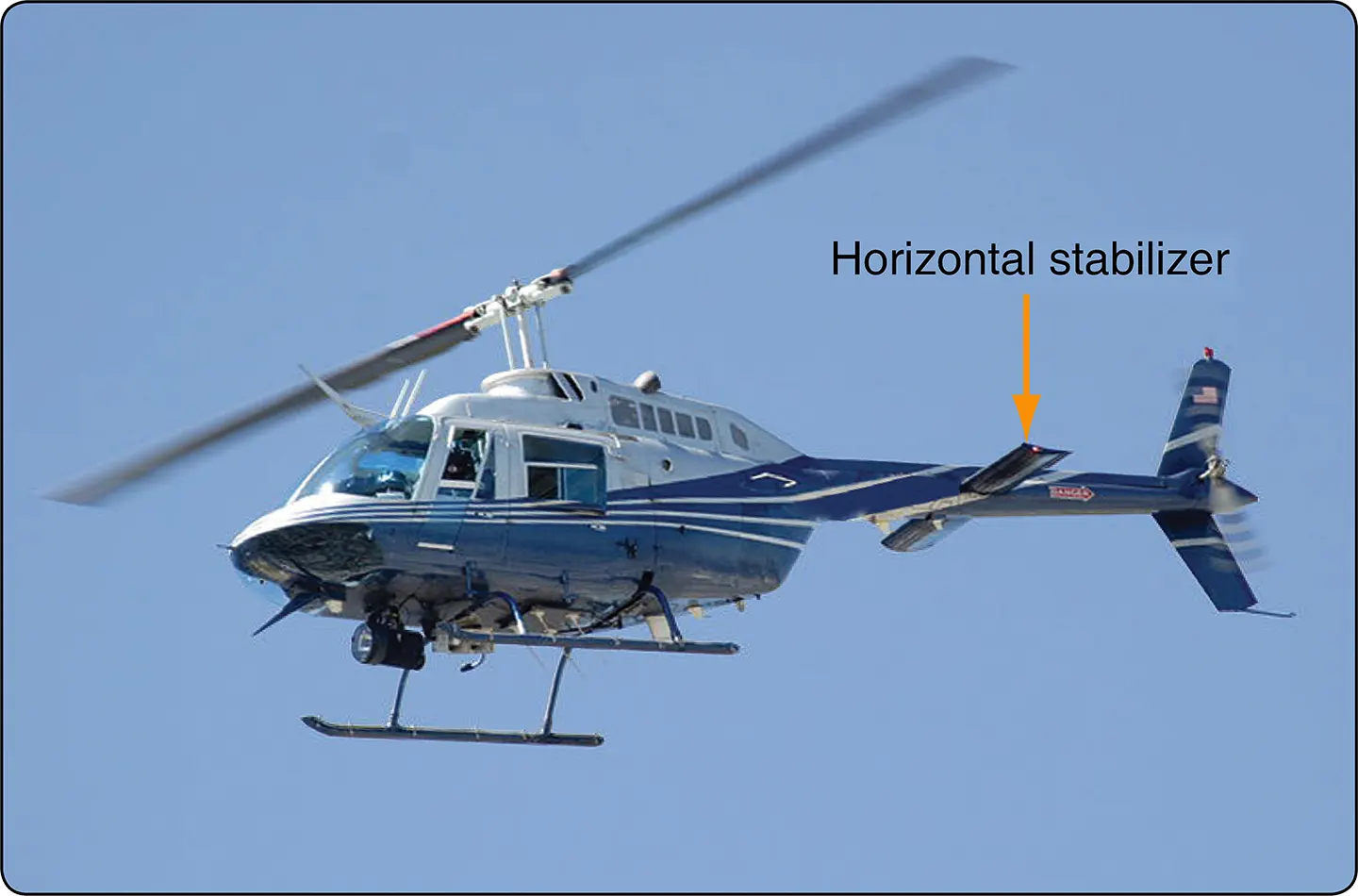There are two basic flight conditions for a helicopter: hover and forward flight. Hovering is the most challenging part of flying a helicopter. This is because a helicopter generates its own gusty air while in a hover, which acts against the fuselage and flight control surfaces. The end result is the need for constant control inputs and corrections by the pilot to keep the helicopter where it is required to be. Despite the complexity of the task, the control inputs in a hover are simple.
The cyclic is used to eliminate drift in the horizontal direction that is to control forward and back, right and left. The collective is used to maintain altitude. The pedals are used to control nose direction or heading. It is the interaction of these controls that makes hovering so difficult, since an adjustment in any one control requires an adjustment of the other two, creating a cycle of constant correction.
Displacing the cyclic forward initially causes the nose to pitch down, with a resultant increase in airspeed and loss of altitude. Aft cyclic initially causes the nose to pitch up, slowing the helicopter and causing it to climb; however, as the helicopter reaches a state of equilibrium, the horizontal stabilizer helps level the helicopter to minimize drag, unlike an airplane.

Therefore, the helicopter has very little pitch deflection up or down when the helicopter is stable in a flight mode. The variation from absolutely level depends on the particular helicopter and the horizontal stabilizer function.
Increasing collective (power) while maintaining a constant airspeed induces a climb while decreasing collective causes a descent. Coordinating these two inputs, down collective plus aft cyclic or up collective plus forward cyclic, results in airspeed changes while maintaining a constant altitude.
The pedals serve the same function in both a helicopter and a fixed-wing aircraft, to maintain balanced flight. This is done by applying pedal input in whichever direction is necessary to center the ball in the turn and bank indicator. Flight maneuvers are discussed in greater detail throughout Basic Flight Maneuvers section.
